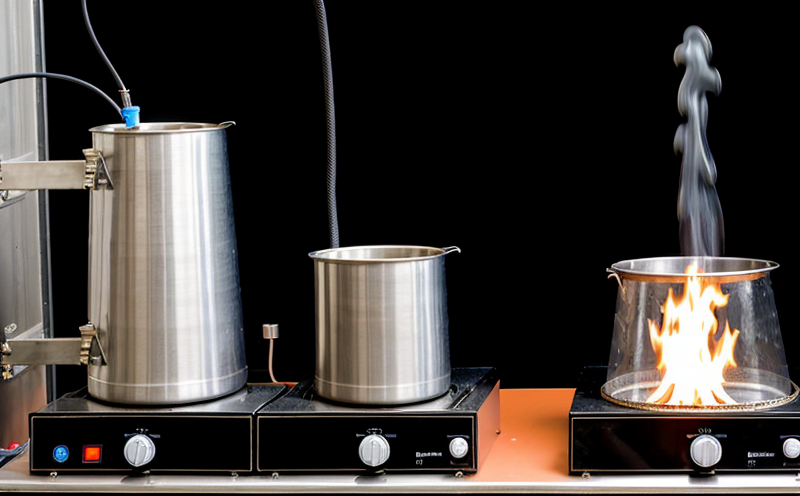Heat Release Testing of Furniture Components
Heat release testing is a crucial aspect in ensuring fire safety compliance for furniture components. This service assesses how materials and products react under heat, providing critical data on their flammability properties. The test involves subjecting the specimen to controlled heating while measuring parameters such as heat release rate (HRR), peak heat release rate, smoke production rate, and mass loss. These metrics are essential for determining the fire hazard potential of furniture components.
The testing process typically begins with selecting appropriate specimens that represent the intended use in furniture products. Specimens can range from upholstery fabrics to foam cores depending on the specific component being tested. Once selected, these materials undergo rigorous preparation which includes cleaning and conditioning according to standard protocols like ISO 13985 or ASTM E2276.
After thorough preparation, the specimens are placed into a calorimeter where they are subjected to controlled heating conditions. The calorimeter continuously monitors various parameters including temperature rise within the chamber, heat release rate, and mass loss over time. Smoke production is also measured using optical smoke detectors which provide real-time readings.
The data collected during this process forms the basis for detailed reports that outline the fire performance characteristics of each specimen tested. These reports can then be used by manufacturers to make informed decisions about material selection, design modifications, or process improvements aimed at enhancing fire safety without compromising on aesthetics or functionality.
Compliance with international standards such as ISO 13985, EN 456, and ASTM E2276 ensures that the testing procedures adhere to globally recognized best practices. This standardization not only enhances credibility but also facilitates easier exportation of products across different markets.
| Application | Description |
|---|---|
| Fabric Upholstery | Testing fabric upholstery helps manufacturers ensure that the materials used meet fire safety requirements ensuring consumer protection against potential hazards. |
| Foam Core Materials | Evaluating foam core materials is important for preventing ignition and spread of flames within furniture structures. |
| Polystyrene Foam | This type of foam often used in cushions must be tested to ensure it does not contribute significantly to fire risks when exposed to heat sources. |
| Textile Fillings | Testing textile fillings ensures that they do not pose a significant risk if ignited, thus safeguarding users from potential fires. |
Benefits
The benefits of heat release testing extend beyond mere compliance; it provides valuable insights into the fire performance characteristics of materials used in furniture components. By identifying weak points early on, manufacturers can implement necessary changes to improve product safety and reduce liability risks associated with non-compliant products.
- Enhanced Consumer Safety: Ensures that furniture components do not pose a significant risk when exposed to fire sources.
- Avoids Legal Issues: Helps in avoiding legal action due to product recalls or injuries caused by unsafe furniture.
- Improved Product Design: Provides feedback on how changes in materials could impact overall fire safety performance, leading to better designs.
- Informed Decision Making: Offers factual data that informs decisions regarding material selection and design modifications.
International Acceptance and Recognition
Furniture components subjected to heat release testing must meet international standards such as ISO 13985, EN 456, and ASTM E2276. These standards ensure that the tests conducted are consistent across different regions, thereby facilitating easier compliance with local regulations.
- ISO 13985: Covers heat release testing for upholstered furniture and its components.
- EN 456: Focuses on the heat release properties of textiles used in furnishing products.
- ASTM E2276: Provides detailed procedures for conducting calorimetric tests on building materials, including those found in furniture.





